It is frustrating when the first snow falls and your snowblower won’t start. Don’t be stuck in the garage on Thanksgiving tearing apart your snowblower carburetor. Here’s how to make sure your snowblower fires right up.
Fuel delivery
A snowblower that won’t start is typically due to a fuel delivery problem. The months your snowblower spends in the garage doing nothing causes the gasoline to break down, forming varnish and gum that can clog the tiny passages or stick the float in the carburetor.
Varnish prevents gasoline from reaching the combustion chamber, meaning the snowblower won’t start no matter how many times you pull the starter cord or how much starter fluid you empty into the intake.
Remove the float bowl and spray carburetor cleaner into the carb. This simple procedure will often clean whatever is fouling the carburetor and restore fuel-flow.
If that doesn’t work, remove the carburetor and disassemble it to give it a thorough cleaning. Take pictures on your phone to aid in reassembly. Note the number of revolutions it takes to remove any needle valves to ensure you reinstall them correctly.
Pro tip: Taking apart a carburetor is far easier than reassembling one. If you’re apprehensive, find a good mechanic.
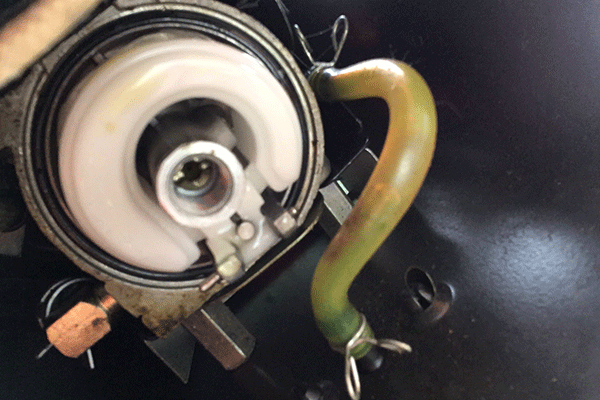
Preventing fuel problems
It doesn’t take much to plug the tiny orifices in a carburetor, and while cleaning a carburetor isn’t too difficult, not cleaning one is even better. Here’s how to maintain your snowblower so you won’t have to clean the carb every year.
One option is to shut off the fuel line and run the engine until the carburetor empties and the engine stops. This helps prevent stale fuel from creating varnish and gum and plugging fuel passages while your snowblower is in storage.
However, leaving the carburetor empty and exposed to air hastens oxidation. Fluctuating temperatures and humidity while in storage can also lead to condensation and moisture accumulation.
Another option is to add AMSOIL Gasoline Stabilizer to the tank and run the engine for a few minutes to distribute the treated gas throughout the system before putting the snowblower into storage. The treated fuel in the carburetor bowl provides protection from oxidation and moisture and helps keep gum and varnish from forming on components.
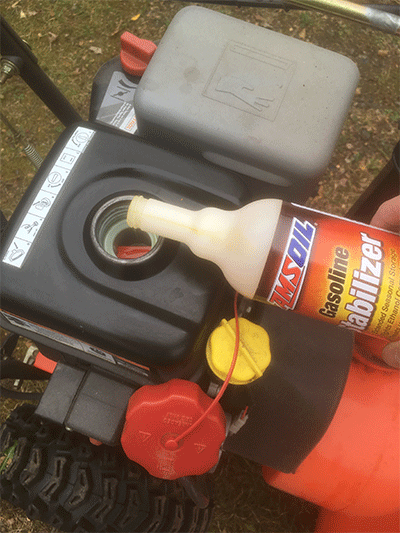

Ethanol
When water infiltrates your gas tank in the form of melted snow or condensation, it can cause phase separation, a phenomenon that occurs when the bond between ethanol (present in most gasoline) and gasoline breaks. When this ethanol/water mixture enters the combustion chamber, it creates a lean-burn situation that can damage your engine.

For best performance, use premium 91-octane, non-oxygenated (ethanol-free) gas. Many gas stations offer non-oxygenated gas and advertise it for powersports and off-road use, which includes your landscaping equipment and snowblower.
It’s more expensive but spending a few extra dollars a year to help your equipment run stronger and last longer should be an easy decision. At the very least, fill the tank with ethanol-free gas before storage to help ward off phase separation.
When using ethanol-blended gas add AMSOIL Quickshot to address ethanol-related performance issues including phase separation.
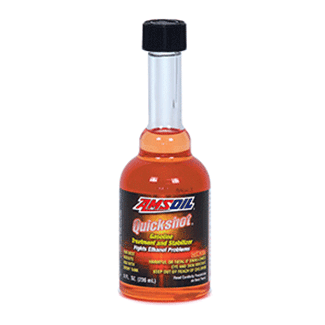
Change the oil
Used oil contains acids that slowly corrode metal components. Prior to storage, change the oil to remove acidic byproducts and ensure maximum protection throughout the summer. After changing the oil, run the engine for a couple of minutes to distribute oil throughout the entire engine.
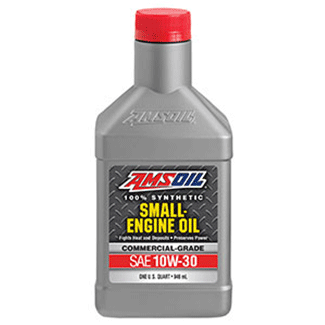
Fogging
Use AMSOIL Engine Fogging Oil to protect the upper end (cylinder, piston, valves) from corrosion during storage. Remove the spark plug, which is the perfect time to inspect its condition, and spray a little oil into the cylinder. Gently pull the starter cord a few times to distribute the oil, then replace the plug.

Gear housing
Clean any debris from around the filler port on the auger gear housing, remove the plug and ensure the gear oil level is up to the top. If not, add the correct lubricant (check your owner’s manual for viscosity).

Belts and linkages
Stressing a worn belt after it’s been sitting idle for months is a recipe for a breakdown. Belts frequently break while clearing the first big snowfall of the year. Spring is the prime time to check the condition and replace worn drive belts and linkages. It’s easier and more comfortable to do any maintenance on your snowblower on a mild, spring day than in winter.
Pro tip: Start your snowblower a few weeks before the first expected snow to ensure it’s ready to go!

Performing these simple maintenance tasks in the warmer months lowers the probability of your snowblower not starting and provides plenty of time to fix any problems before the first snow.


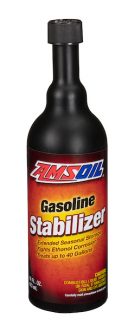
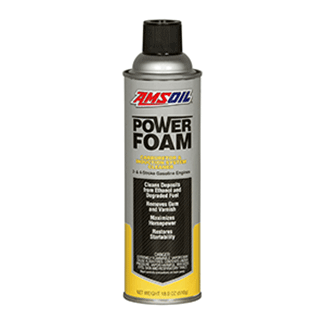

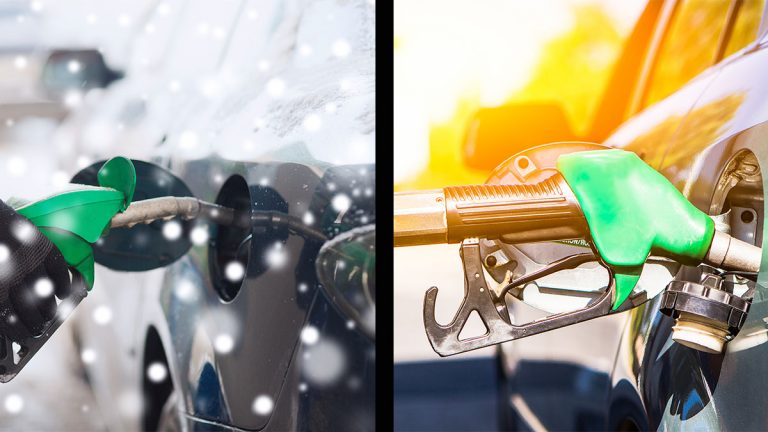
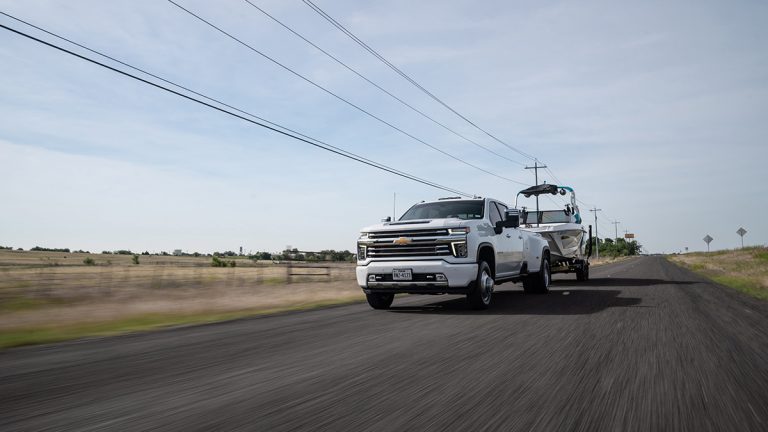

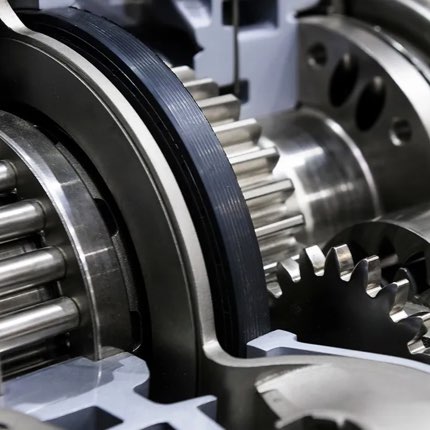
Great Blog. Way South of you in New Mexico, all of this applies to chain saws and outboard 2 stroke boat engines. THANK GOD you can still buy ethanol free gas at this point. Thanks for writing such a complete paper on ALL of the items that should not be overlooked to insure that start up is just that. A start up and not a rebuilding project and at the WRONG time!
Thanks for reading.
You’re right – much of this applies to any small engine. The fuel system is almost always the problem when your chainsaw, lawnmower, string trimmer or other equipment won’t start.
We have only 2 ethanol-free fueling stations that have an ehtanol-free pump to obtain it. They each are about an hour away which means two hours round trip (too far). How can we get these big name fueling stations to install at least one ethanol-free fuel pump at their stations so we still have that fuel available to us for small engines, motorcycles, collector cars, boats, etc..They aren’t used all year and they sit, which causes problems. I have talked to one already and they said that 10% ethanol is cheaper, and cleaner to use. They also said the fuel industries are talking about raising it to 15% now. I think if this is the case, then the whole industry making products that run on ethanol fuels should have to start making their engines and parts to 100% compatible with ethanol fuels, which will eliminate most problems. Then we won’t have all the issues and all the EXTRA COST that ethanol fuel causes.
There is no cost savings when we have to keep buying new parts that get corroded, like plastic parts, rubber parts, and materials that swell. At times we cannot even get the fuel caps off and on. Then we have to buy new ones, plus the cost of additives which is an extra cost also. Also, do not forget the labor cost involved and the extra fuel used to keep taking them in for repairs and running for new parts which no one stocks today because of the high cost sitting on the shelves, not to mention the stocking of all the different types of parts. That requires a second trip to go back and pick it up at more cost. I will quit here but I could go on and on with just about everyone agreeing with me with these issues that we are all having at one time or another or continuously.
It’s all about the money and not the environment and making gasoline cheaper.
Its all about them and not the little guy because there are no savings on our end at all.
On our end, it is extra cost, inconvenience, and for leaving only us to deal with the issues.
In season, off season, between seasons, none of my small engines start up without stabilizer in the fuel. Also, I never drain the fuel system or run the carb dry. Results are, I never have fuel problems. In the area I live, Marathon makes a Rec 90 for small engines. No alcohol. As for snow throwers, regardless of manufacturers recommendations, 0w-20 synthetic oil.
To Phil’s comment above , I have yet to see a snow thrower that runs that thin of oil specially for engine oil . The 2 i use are considerably older and if I was to run that thin oil in them they surely would blow up . General weight of oil for probably 99% of your snow throwers or even Riding mowers or push mowers is going to be 10w30 specially on ohv engines . But it is a good idea to run stabilizer in the fuel no matter the season . The problem with going to 15% ethanol is our good older equipment is not going to handle it and even stuff sold now is not going to run long with it and break down . Our autos are not going to like that either and then there is going to be large amounts of class action lawsuit over the higher ethanol percent doing damage to equipment and engines in our autos and farm equipment. I’ve already seen what 10% does to small engines and it’s not fun trying to reverse the damage and keep the repair cheap enough that the everyday person can afford .
I know manufacturers don’t recommend oils that light but consider this; many modern car engines are using 0w-20, year round, and if these synthetic oils will do the job in the Arizona desert they will have no problem with anything a Briggs or Honda can throw at it below freezing.
Some brilliant tips here John, you’ve probably saved a lot of people some serious headaches with this little guide.
I couldn’t agree more! FUEL FUEL FUEL. Every damn time.
Mark
Mark,
Thanks for the feedback. That’s my goal, anyway, to offer information people find helpful.
John
Great advice! I always add a touch of light oil to the gas (ie marvel) before final season run hoping it will coat and protect system components.
i’v been running premium gas in ALL my engines for over forty years plus a little stabilizer for winter storage… NEVER had a fuel or mechanical problem from bad fuel.. leave the regular gas for weed control and rodent repellent, with a properly tuned motor better mileage, cleaner burning engine, and $$$ savings only come from premium fuel (ethanol free) if you can get it…
I bought a brand new snowblower 2 years ago. I filled it up with gas and oil, however, I did not use it much. SHould I empty out the oil and gas? How do you know when it goes bad? thanks
Hi Gina,
Yes, I recommend changing the gas and oil. Gas can go bad in as few as 30 days if you don’t add stabilizer. Once gas deteriorates, it forms varnish and deposits that clog the carburetor and cause difficult starting and poor operation. Personally, I always stabilize gasoline before filling any of my machines to ward off these problems.
Generally speaking, two years is too long for the oil. Oil analysis might reveal that it’s still good, but it’s cheaper simply to change the oil since you likely need only a quart or two. Oxygen slowly attacks oil molecules as your snowblower sits idle, causing the oil to lose effectiveness. It’s best practice to change snowblower oil yearly regardless how many hours the oil accumulates.
Thanks,
John
There is a simple plan to not have to worry about treating gas with fuel stabilizer! In 1987 I purchased my first snowblower. Paid a thousand dollars back then, which was a lot of dough! I ran the new Toro and it worked great in the cruel New England winter! After the winter, I parked it in the garage and forgot about it till the following winter showed up… and it wouldn’t start! Took it to a local dealer and it cost about a hundred dollars to fix it! That’s when I learned about fuel stabilizer! What I did then was to insure I wouldn’t forget, was to mix the right amount of stabilizer in a five-gallon container, that way whenever I gassed up anything that used gas, I WAS COVERED! Weed whackers, lawn mowers, chainsaws, etc. Ran the Toro until 2005 and sold it for three hundred bucks and bought a new Ariens that I still have as a spare if needed, but bought a new Ariens 28-inch wide SHO in 2019! A bottle of Fuel Stabilizer and using it properly is like buying gold. ‘Nuff Said. And happy motoring!
Hi John,
Thanks for the reply. That’s precisely what I do – add stabilizer to a five-gallon gas can and use it to fuel all my equipment. I pulled my push mower from storage this weekend and it started right up.
Thanks,
John